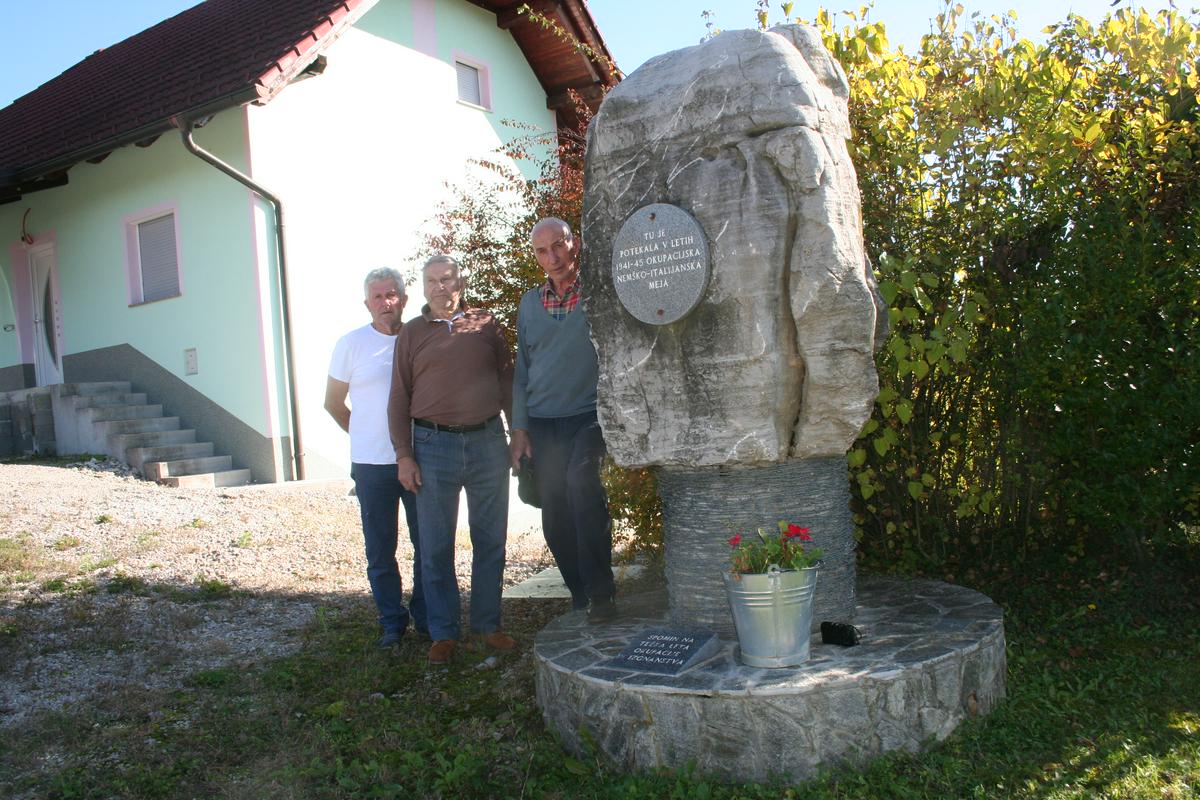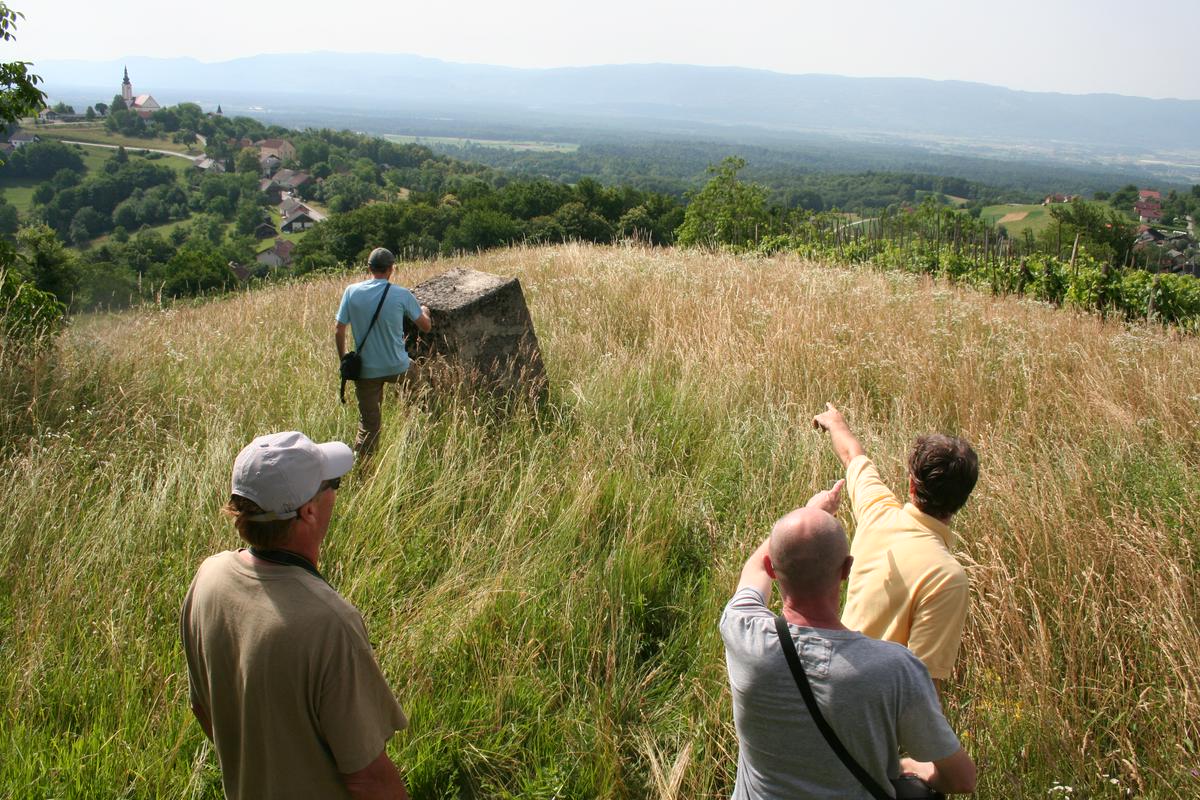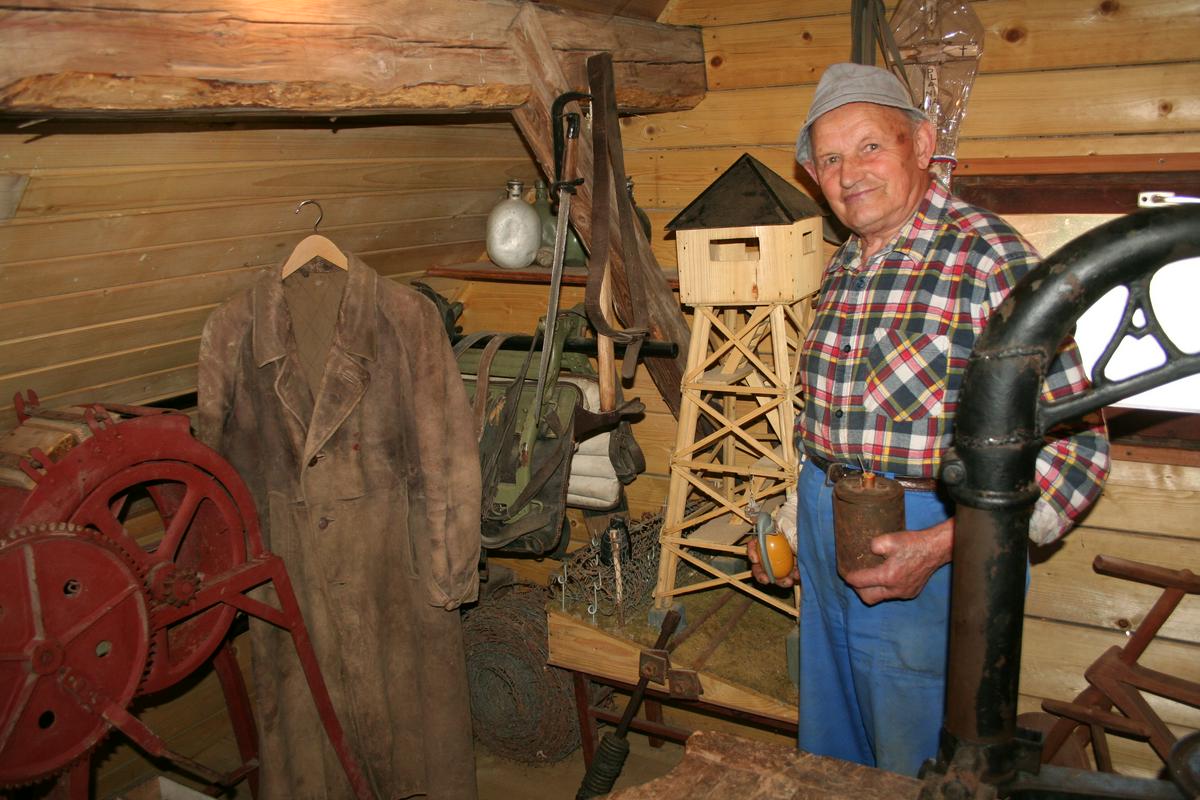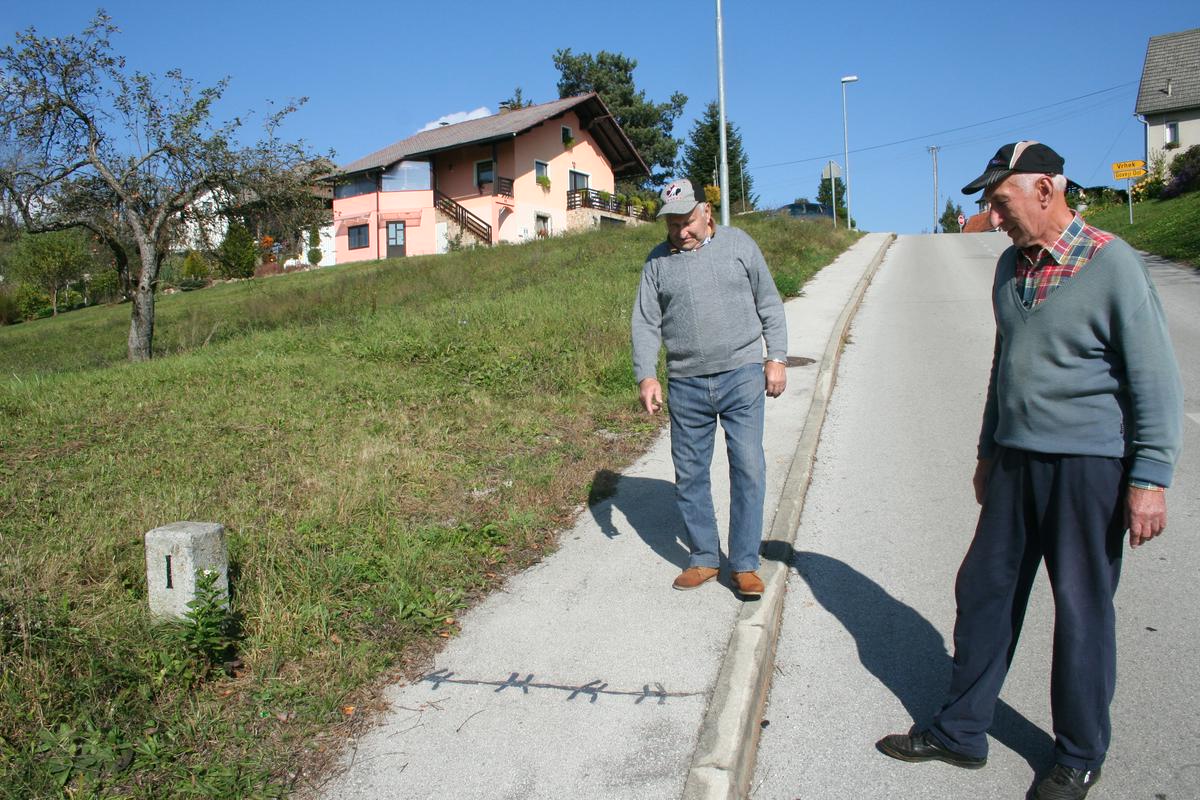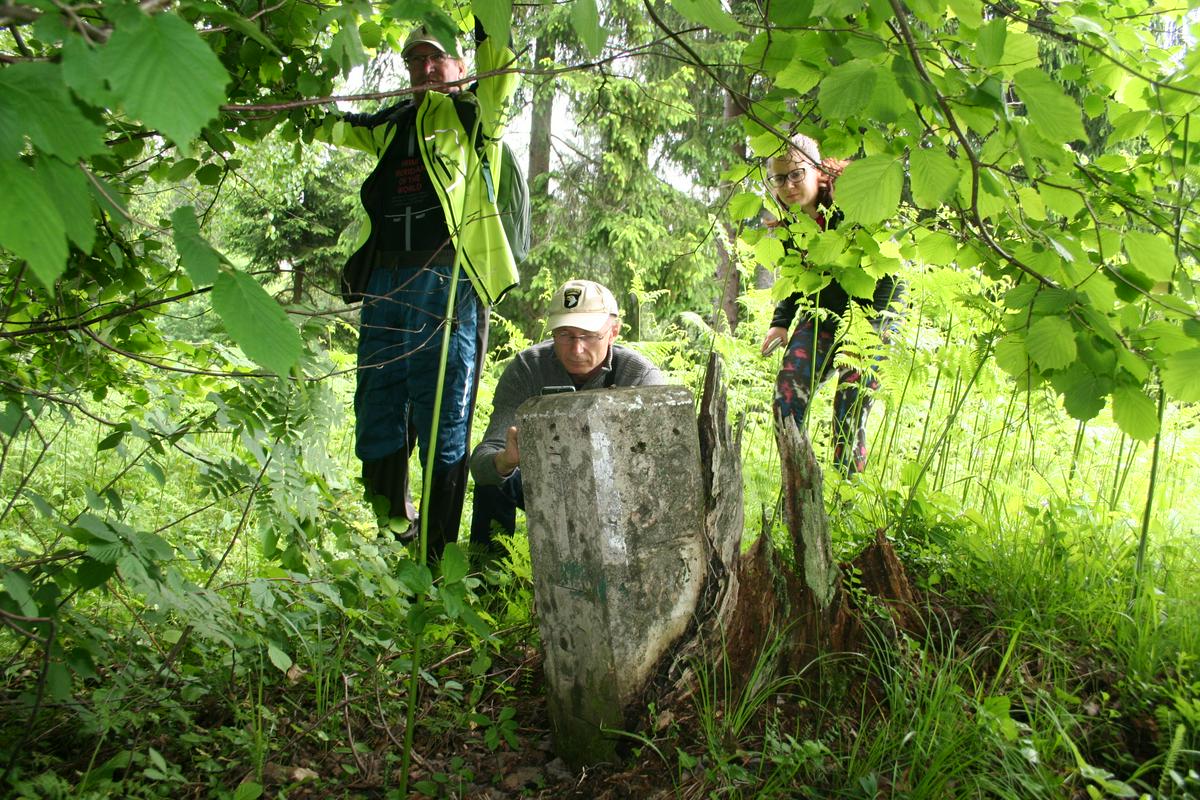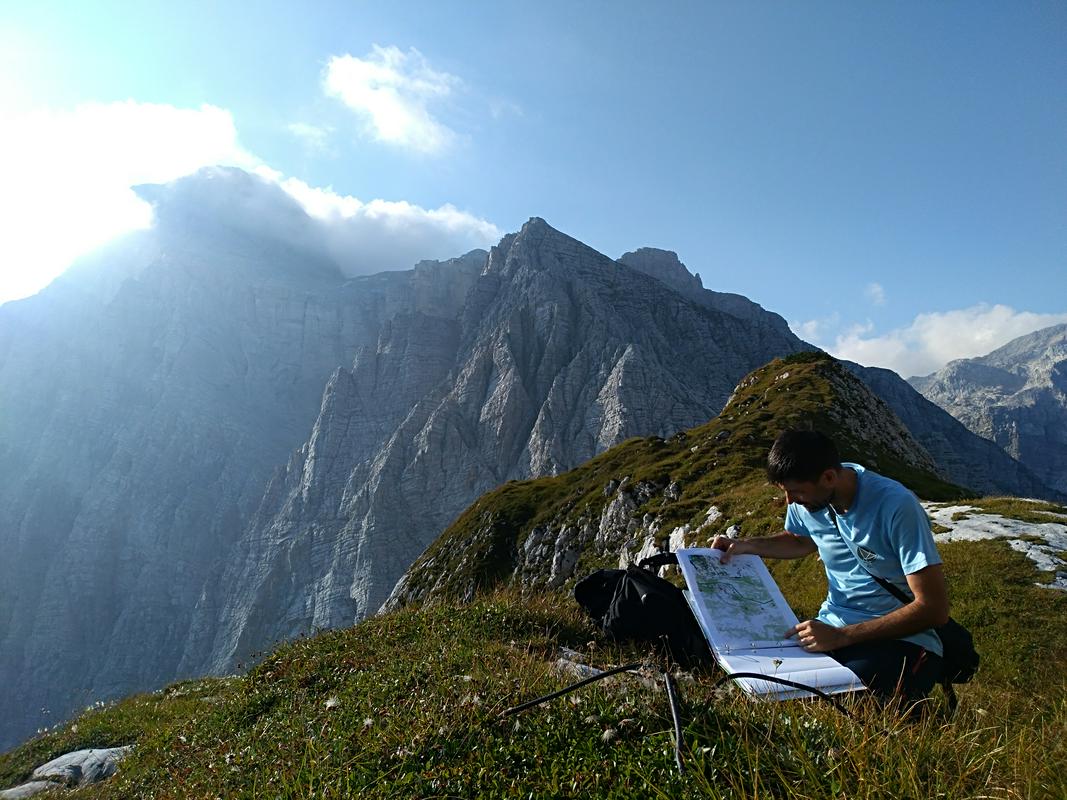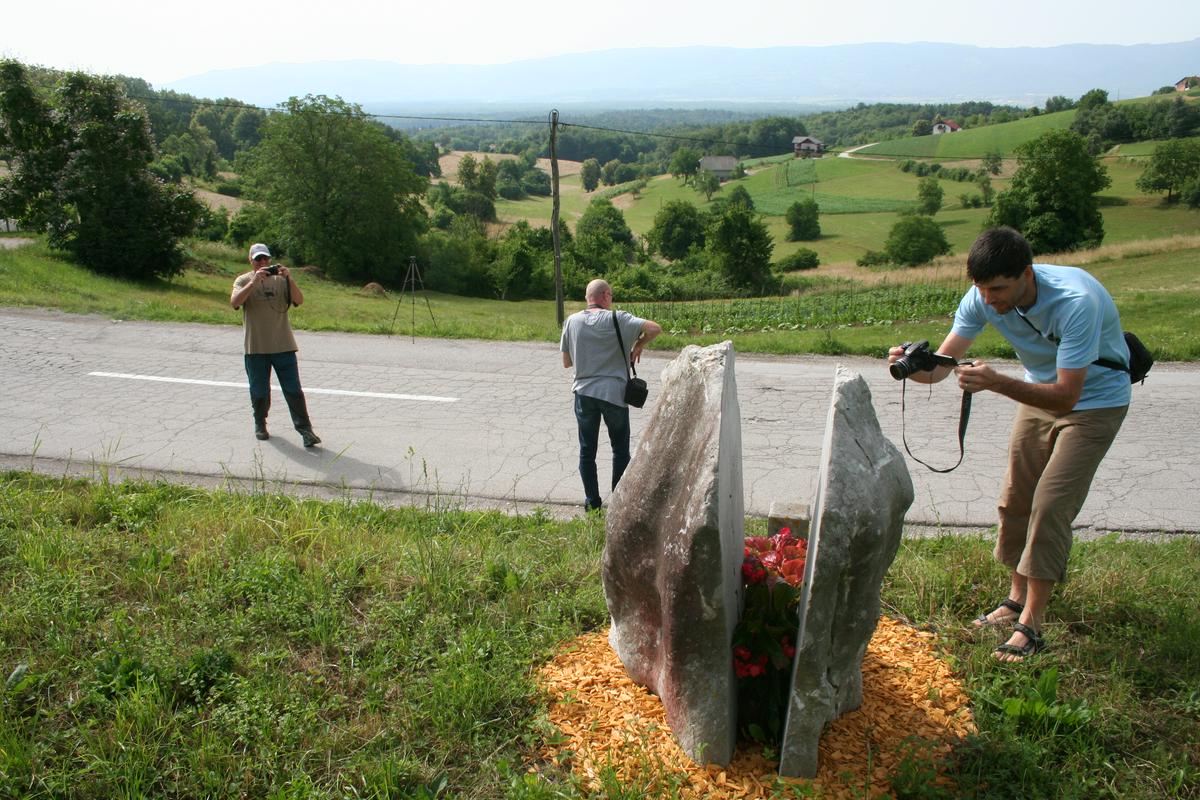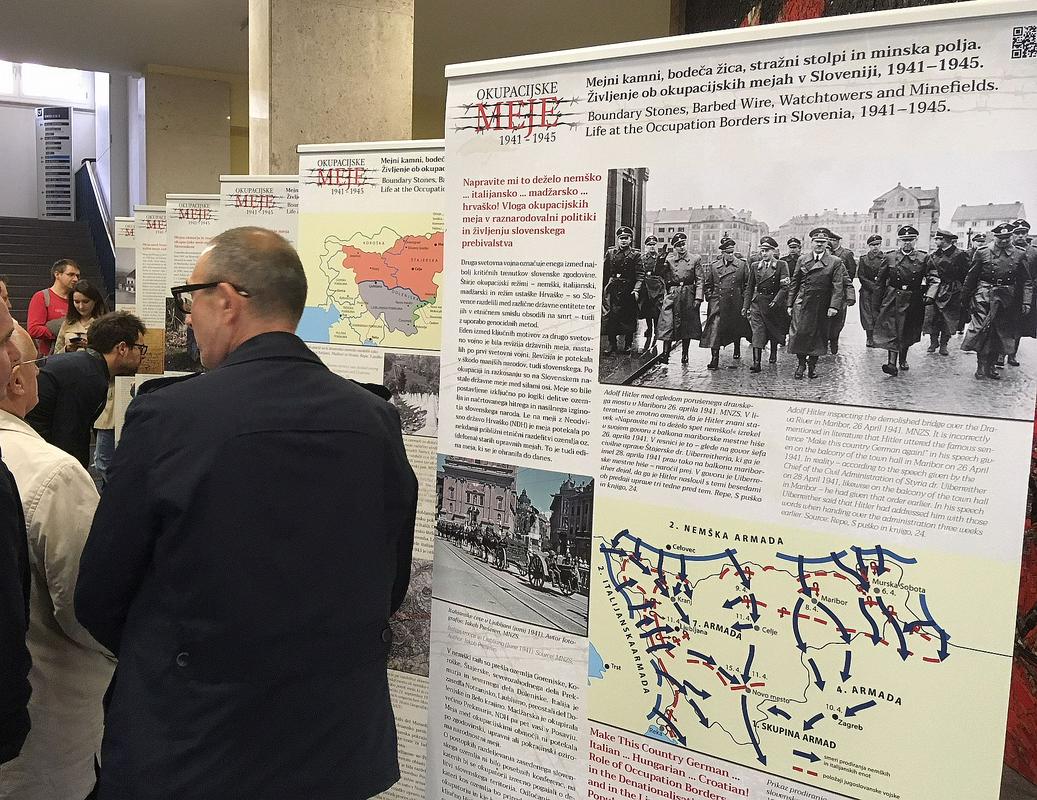
The exhibition Border stones, barbed wire, watchtowers, and minefields. Life by the occupation borders in Slovenia, 1941–1945 shows the results of researchers from the Department of History at the Faculty of Arts in Ljubljana, Anton Melik Geographical Institute ZRC Sazu, the Faculty of Education and the Institute of Contemporary History in Ljubljana, who are searching in the archives, on the field and among people to find answers about the location of the borders during the Second World War and how did the borders affect the people.
Historian Peter Mikša says that the researchers never obtained the information where the borders actually took place. Because of that, they went on the field and searched for the remains in nature with the help of geographical maps, which were prepared by their colleagues from the Department of Geography, who drew the borders.
“We found out that the German border was the most protected one. The Germans decided to add the occupied regions of Gorenjska, Carinthia and Lower Styria to the German Reich and this was the southern border of the Reich. Because of that, it was strictly protected by four-meter-wide minefields, wire and four-meter-high fence, which prevented the crossing of the border. The crossing was possible only at protected passages,” explains Mikša.
The exhibition, which will be on display until December 5th, is dedicated to awareness-raising to what happened during the Second World War because of the borders and barriers.





















































